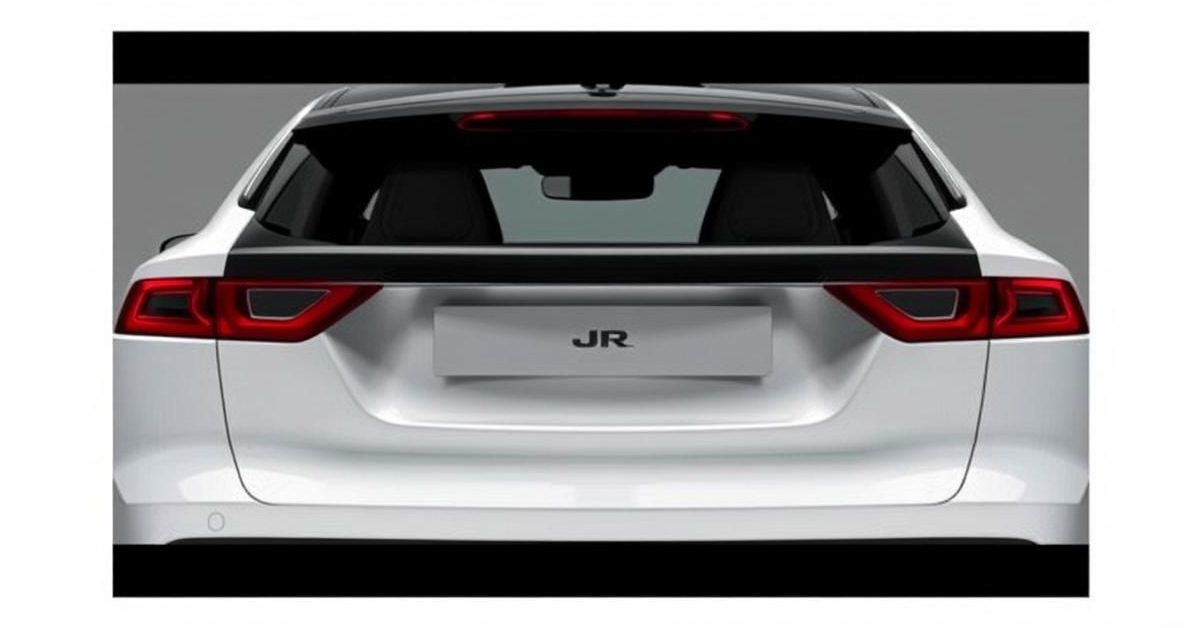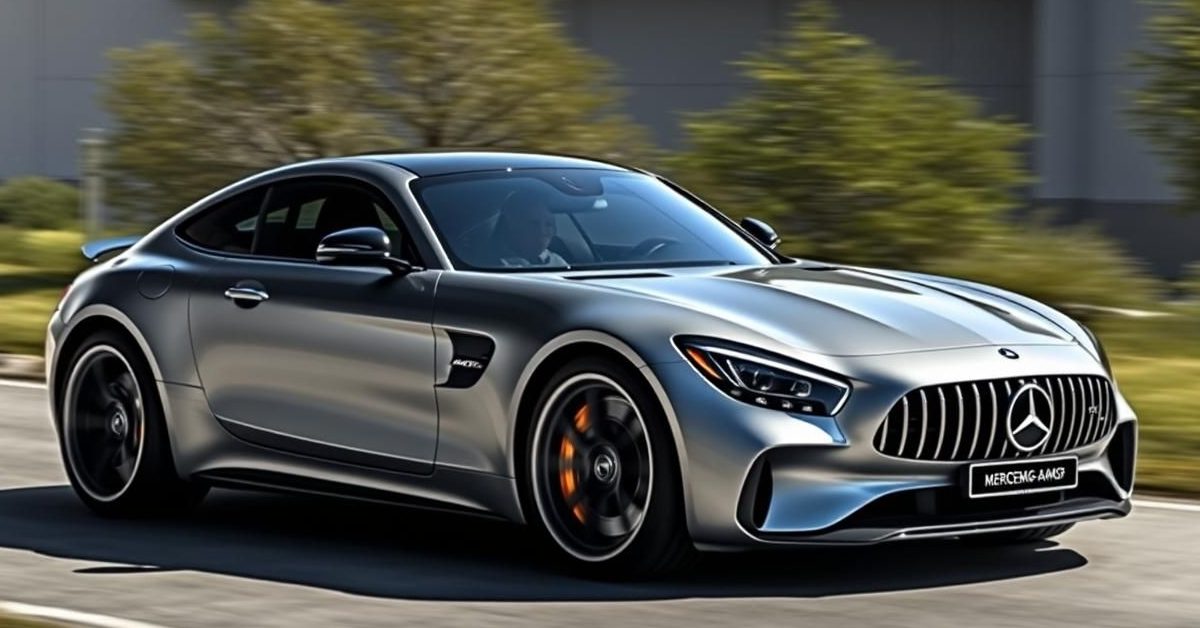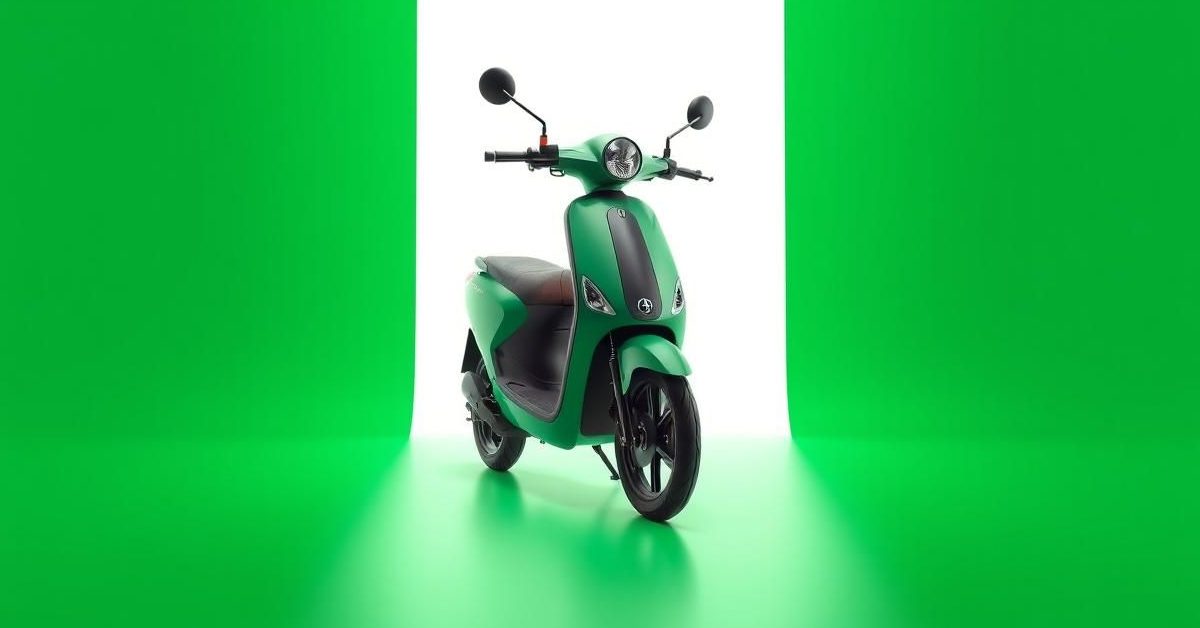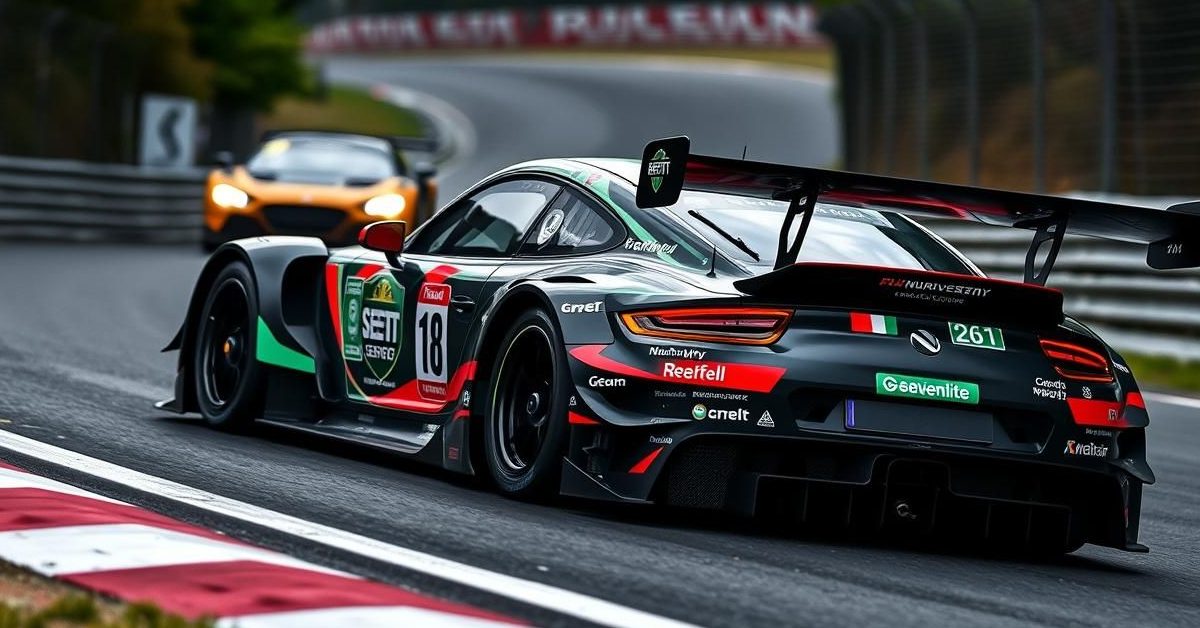A New Dawn: JLR’s Strategic Leap into Tamil Nadu Production
The luxury automotive landscape in India is on the cusp of a significant transformation, as Tata Motors-owned Jaguar Land Rover (JLR) prepares to embark on a landmark chapter in its global manufacturing journey. Early in 2026, the venerable British marque is set to inaugurate completely knocked down (CKD) operations at its cutting-edge facility in Ranipet, Tamil Nadu. This move signals a profound commitment to the Indian market, promising a future where iconic British luxury is increasingly ‘Made in India.’
P.B. Balaji, the esteemed Group CFO of Tata Motors, recently confirmed this pivotal development during a media round table. He articulated a clear vision: “As far as the Tamil Nadu plant is concerned for JLR, we are starting with the CKD operations. Over time, we will probably migrate existing CKD operations from Pune to Ranipet.” This statement underscores a strategic realignment, consolidating and expanding JLR’s production footprint within India.
Phased Expansion: From Assembly to Full-Scale Manufacturing
The Ranipet facility represents more than just an assembly line; it’s a meticulously planned, multi-phase project designed for long-term growth. Initially, the focus will be on the first phase, which allocates 70 acres of the vast 470-acre site specifically for the CKD plant. This initial setup is geared for an impressive annual production capacity of 30,000 units, a substantial figure that speaks to JLR’s bullish outlook on the Indian luxury segment.
Sources close to the development indicate that the stylish Range Rover Evoque and the sophisticated Range Rover Velar SUVs, currently assembled at JLR’s Pune plant, will be the pioneers of local production at Ranipet. This transition is expected to streamline logistics and potentially enhance market responsiveness. Beyond these immediate plans, discerning industry insiders suggest that other highly coveted models, such as the rugged Land Rover Defender and the versatile Land Rover Discovery, are also under active consideration for future assembly at this strategic location.
Scaling Up: The Journey to Enhanced Production
Production at the Ranipet plant is projected to commence modestly, with an initial output of around 500 units per month. This measured approach will allow for rigorous quality control and process optimization. Subsequently, volumes are slated for a rapid escalation, targeting a monthly output of 2,500 to 3,000 units. The meticulous preparation reflects JLR’s commitment to excellence, with line readiness for the new facility scheduled for completion by January 2026. This timeline aligns perfectly with the brand’s ambitious market objectives.
The true transformative potential of the Ranipet facility lies in its second phase, a visionary expansion earmarked for construction post the 2026 Tamil Nadu Legislative Assembly elections. This ambitious Phase 2 is designed to elevate the plant’s capacity dramatically, supporting the production of an astounding 250,000 units annually. Crucially, this phase will pivot towards the future of mobility, primarily focusing on electric vehicle (EV) manufacturing for both JLR’s upcoming electric models and Tata Motors’ rapidly expanding EV portfolio.
Strategic Synergies and Global Aspirations
Balaji underscored the inherent flexibility and strategic importance of the Ranipet plant, highlighting its dual role. “It is also a Tata Motors plant,” he affirmed, emphasizing the integrated approach. “As we step up volumes, we will require additional manufacturing capacity, and this location will be a key part of that plan.” This flexibility positions Ranipet as a crucial asset in Tata Motors’ overarching manufacturing strategy, capable of adapting to evolving market demands across its diverse brands.
Furthermore, the prospect of an upcoming Free Trade Agreement (FTA) between India and the United Kingdom looms large as a potential catalyst for accelerated product introductions. Balaji noted that such an agreement could significantly support JLR’s ability to “test new products without waiting for full CKD localization.” This would enable earlier market entry for cutting-edge vehicles, allowing JLR to rapidly respond to consumer preferences and technological advancements, particularly for its burgeoning range of new electric and connected vehicles.
Tata Motors’ Expansive Manufacturing Network Across India
The Ranipet facility will join an impressive lineage as Tata Motors’ seventh manufacturing footprint in India, a testament to the conglomerate’s industrial prowess. The company currently operates six active plants, each a specialized hub contributing to its vast portfolio across commercial and passenger vehicle segments.
The iconic Jamshedpur Plant in Jharkhand, established in 1945, stands as Tata Motors’ flagship and largest hub, dedicated to medium and heavy commercial vehicles and in-house engine manufacturing. The Pune Plant in Maharashtra, operational since 1966 across Pimpri and Chinchwad, excels in various Tata engine variants (diesel, CNG) and assembly lines for light commercial vehicles and passenger cars. Lucknow, Uttar Pradesh, since 1992, is a design and manufacturing powerhouse for modern buses.
The Pantnagar Plant in Uttarakhand, commissioned in 2008, is the nerve center for small commercial vehicles like the popular Tata Ace and Magic. Sanand, Gujarat, founded in 2010, initially produced the groundbreaking Tata Nano and has since evolved to manufacture best-selling hatchbacks such as the Tata Tiago and Tata Tigor. Finally, the Dharwad Plant in Karnataka is responsible for manufacturing Tata’s renowned Marcopolo buses, including the Starbus range, serving both domestic and international markets. This formidable network provides a robust foundation for JLR’s ambitious expansion in Tamil Nadu, signifying a new chapter of growth and innovation for both companies.














